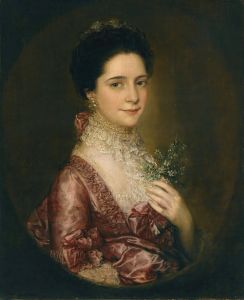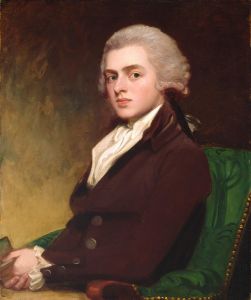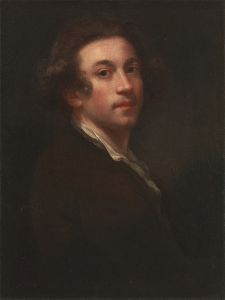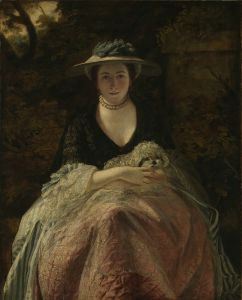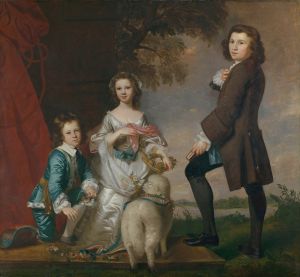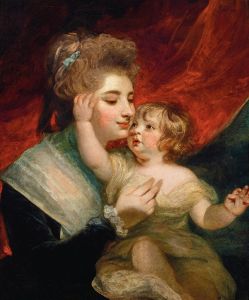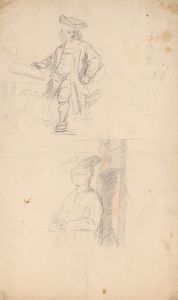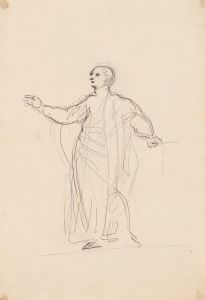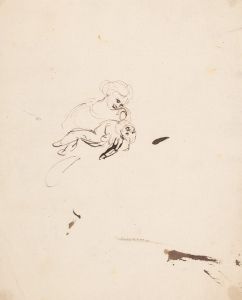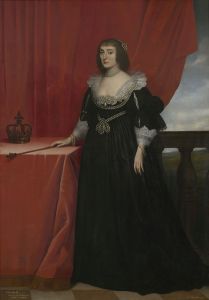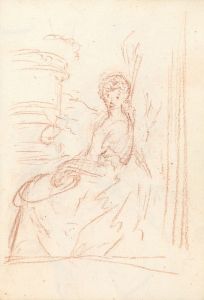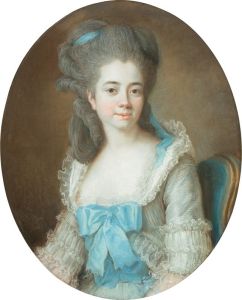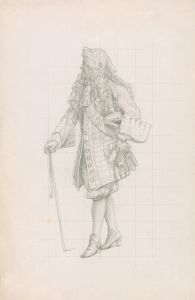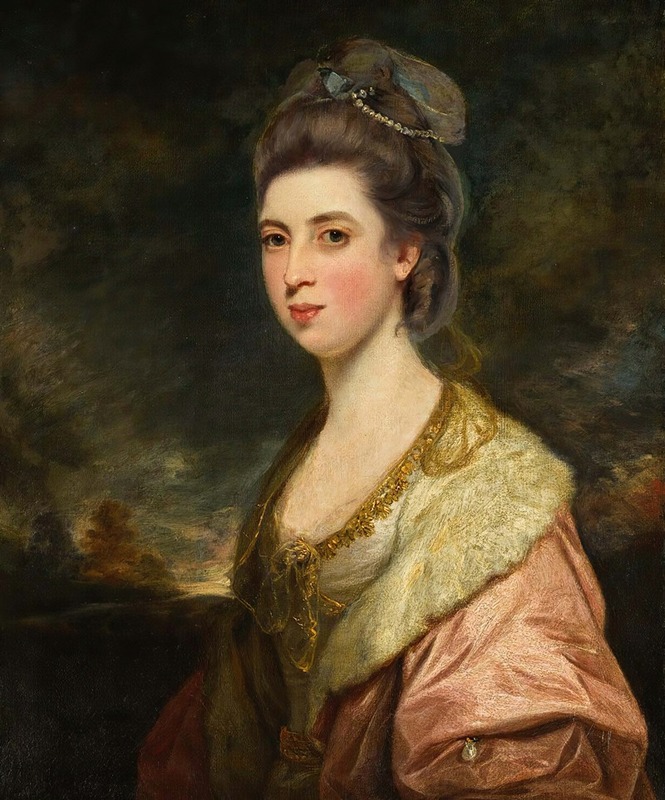
Portrait Of Mrs Richard Pennant
A hand-painted replica of Sir Joshua Reynolds’s masterpiece Portrait Of Mrs Richard Pennant, meticulously crafted by professional artists to capture the true essence of the original. Each piece is created with museum-quality canvas and rare mineral pigments, carefully painted by experienced artists with delicate brushstrokes and rich, layered colors to perfectly recreate the texture of the original artwork. Unlike machine-printed reproductions, this hand-painted version brings the painting to life, infused with the artist’s emotions and skill in every stroke. Whether for personal collection or home decoration, it instantly elevates the artistic atmosphere of any space.
The painting Portrait of Mrs. Richard Pennant is a work by Sir Joshua Reynolds, one of the most prominent and influential portrait painters of 18th-century Britain. Reynolds, known for his role as the first president of the Royal Academy of Arts and his contributions to the development of the Grand Manner style of portraiture, created this artwork during his prolific career.
The subject of the painting is Anne Susannah Warburton, the wife of Richard Pennant, 1st Baron Penrhyn. Richard Pennant was a British politician, plantation owner, and industrialist, known for his involvement in the transatlantic slave trade and his investments in the slate industry in Wales. Anne Susannah Warburton came from a prominent family, and her marriage to Pennant connected her to his significant wealth and influence.
In this portrait, Reynolds employs his characteristic style, emphasizing elegance, grace, and the social status of the sitter. Anne Susannah is depicted in a refined pose, dressed in luxurious clothing that reflects her status as a member of the British elite. Reynolds often used soft, diffused lighting and a harmonious color palette to enhance the dignity and sophistication of his subjects, and this painting is no exception.
The exact date of the painting is not definitively documented, but it is believed to have been created during the height of Reynolds's career in the mid to late 18th century. As with many of Reynolds's works, the painting demonstrates his mastery of texture, particularly in the rendering of fabrics and skin tones, as well as his ability to convey the character and social standing of his sitters.
The painting is significant not only as an example of Reynolds's artistry but also as a historical artifact that reflects the social and economic structures of 18th-century Britain. The Pennant family's wealth, derived in part from their involvement in the slave trade and colonial enterprises, underscores the complex and often troubling historical context in which such portraits were commissioned and created.
The current location of the painting is not specified in widely available sources, and further details about its provenance or exhibition history are not readily accessible.





